All About Blue Eye Samurai
Creation
It’s rare for an animated series to arrive quietly and make such an impact, but Blue Eye Samurai did just that.
Released on Netflix in November 2023, the show weaves together meticulously animated action, lyrical imagery, and a powerful tale of revenge set in Edo-period Japan. The result is a production that quickly earned recognition from both critics and audiences.
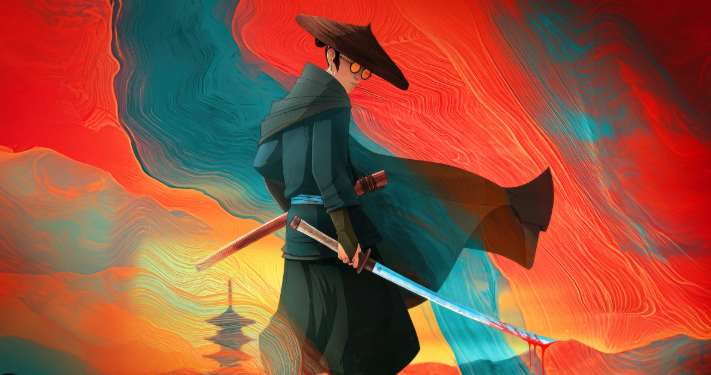
Created by Amber Noizumi and Michael Green, directed by Jane Wu, and produced by the French studio Blue Spirit in collaboration with Netflix Animation, the series is an artistic triumph.
The first season consists of eight episodes, ranging from 35 to 62 minutes each, and often feels more like a moving painting than a traditional animation. It’s no surprise that it won honors such as the Annie Awards and a Creative Arts Emmy, along with praise from notable figures like Hideo Kojima.
Animation
One of the elements that immediately makes Blue Eye Samurai stand out is its art direction. The series blends 2D and 3D animation in a way that avoids the “plastic” look often seen in similar productions (such as the more recent adaptation of Berserk).
Each frame carries the delicacy of a painting, resembling watercolors in motion, with brush-like textures enriching the environments.
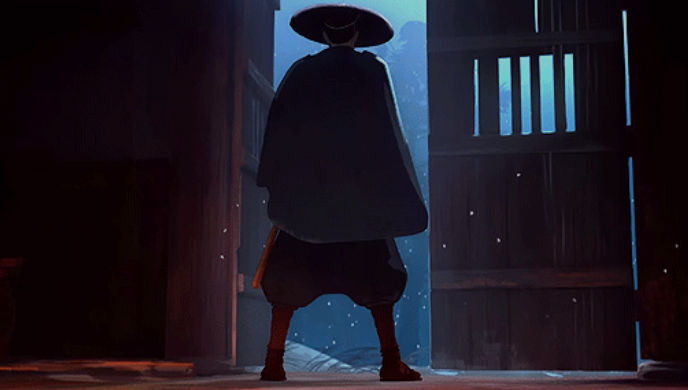
Blue Spirit and Netflix Animation embraced a visual style inspired by bunraku (traditional Japanese puppet theater) and the films of masters like Akira Kurosawa. This influence is clear in the fluid camera work, the composition of scenes, and the pacing of fight sequences, which recall the choreography of classic samurai cinema.
Another striking feature is the dynamic use of lighting. The series shifts from tense, shadow-filled interiors to open landscapes bursting with vivid contrasts, mirroring the emotional states of the characters. This approach makes the series not just a narrative but a canvas that paints Mizu’s journey.
Historical Setting
Blue Eye Samurai is set in Edo-period Japan (1603–1868), an era ruled by the Tokugawa shogunate, characterized by political stability, rigid social hierarchy, and strict cultural isolation. Japan flourished in the arts, architecture, and traditions, but shut itself off from most outside influence.
During this period, the sakoku (“closed country”) policy tightly restricted contact with the West. Only a small number of Dutch and Chinese traders were allowed into specific ports under close supervision. The rest of the world was regarded with suspicion, seen as a threat to Japan’s social, cultural, and spiritual balance.
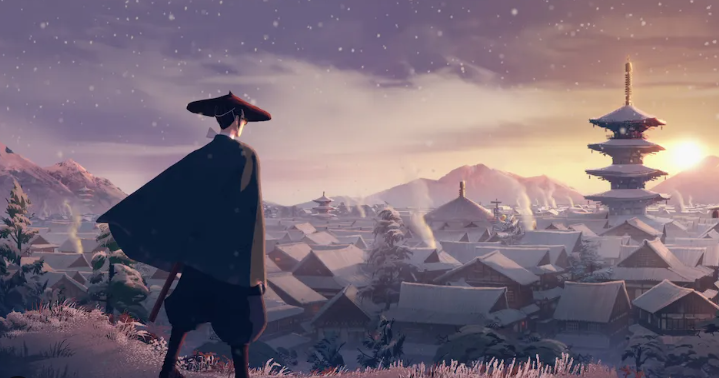
This made mixed heritage deeply stigmatized. Children of foreign descent were labeled impure, considered a blemish on Japanese identity. The protagonist’s blue eyes are more than a physical trait; they are a visible marker and a constant reminder of the unwanted Western presence.
The series powerfully conveys the mentality of the time. To Edo-period Japan, foreigners represented both curiosity and fear; curiosity about new technologies, weapons, and ideas, and fear that such changes could unravel a carefully maintained social order rooted in purity, tradition, and hierarchy.
In this xenophobic world, the protagonist’s quest carries even greater weight. His revenge is both a personal mission and a symbolic battle against a society unwilling to accept difference.
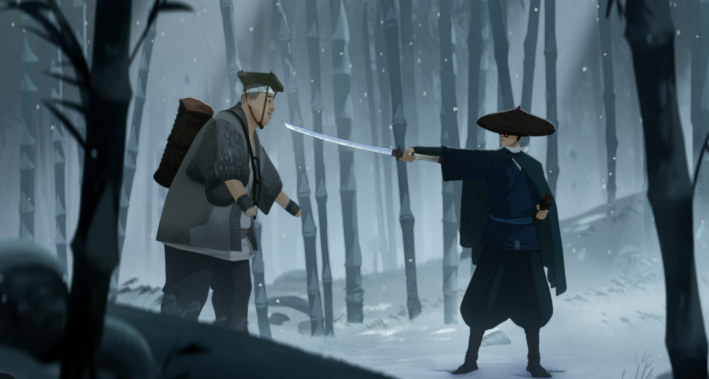
Plot
More than dazzling battles, Blue Eye Samurai offers a layered narrative, balancing contemplative scenes with moments of explosive intensity.
The story follows Mizu, a mixed-race warrior living in a Japan closed to the West. As the child of a Japanese mother and a foreign father, his striking blue eyes make him a target of prejudice, humiliation, and exclusion.
Fueled by pain and a thirst for vengeance, Mizu sets out to hunt down four white men who were illegally in Japan at the time of his conception. One of them is his father, but all of them symbolize the curse of his existence.
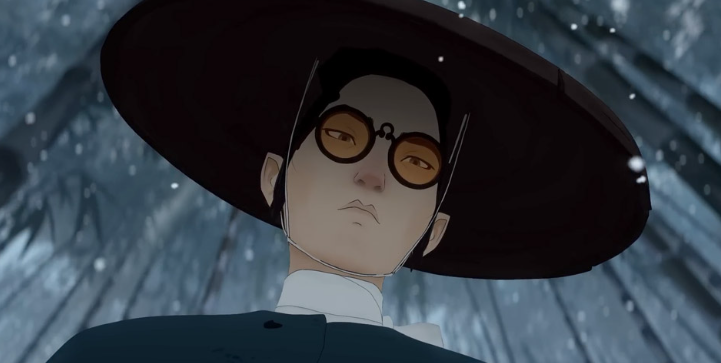
The narrative is more than a revenge story. It’s also a meditation on identity, belonging, and destiny. Every duel Mizu fights carries not just his anger but also the burden of proving his right to exist in a world that rejects him. The contrast between violent clashes and reflective silences lends the story a poetic quality, elevating it far beyond a simple tale of swords and combat.
Audience Reception
With a 97% approval rating on Rotten Tomatoes and an 88/100 on Metacritic, the series was almost universally embraced. It is one of the rare instances where a debut show immediately achieved widespread acclaim.
Characters of Blue Eye Samurai
Mizu may be the central figure, but he’s far from the only one who leaves a strong impression. The story’s richness comes from its ensemble of characters, each of whom adds depth to his journey.
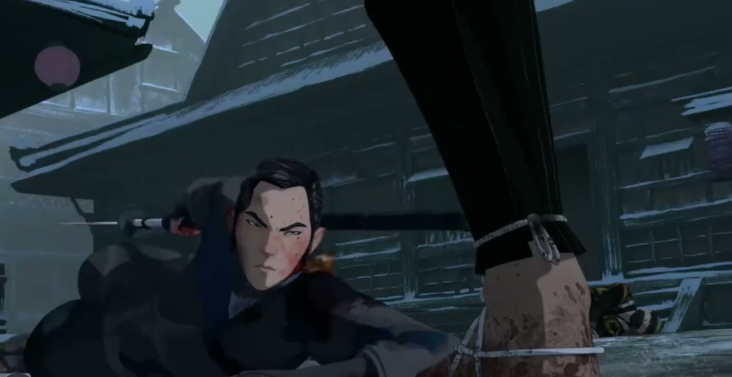
Mizu: The protagonist. More than he first appears. At the outset, we only know he is the child of a Japanese mother and a foreign father. From childhood, he learned to disguise himself to survive in a hostile society. His swordsmanship is lethal. Determined and relentless, yet also marked by moments of fragility.
Eiji: Mizu’s apprentice and eventual traveling companion. Naive, humorous, and loyal, he lightens the tone of the narrative, counterbalancing Mizu’s intensity. His development is gradual, evolving from an idealistic youth into someone willing to fight and sacrifice for his beliefs.
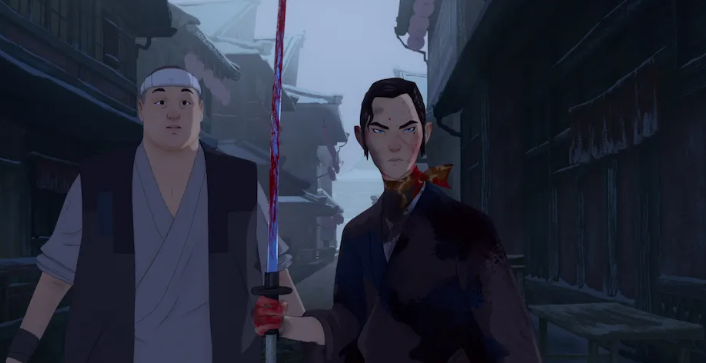
Akemi: A young noblewoman torn between the privileges of her rank and the lack of freedom imposed by a patriarchal society. Her life contrasts sharply with Mizu’s: while he lives hidden in the shadows, she inhabits a “gilded cage.” Together, their stories highlight the limits imposed on those considered “different” or “undesirable.”
Taigen: A proud samurai first introduced as an antagonist but later revealed to be far more complex. His dynamic with Mizu shifts from rivalry to mutual respect, showing how even seemingly one-note characters can grow under strong storytelling.
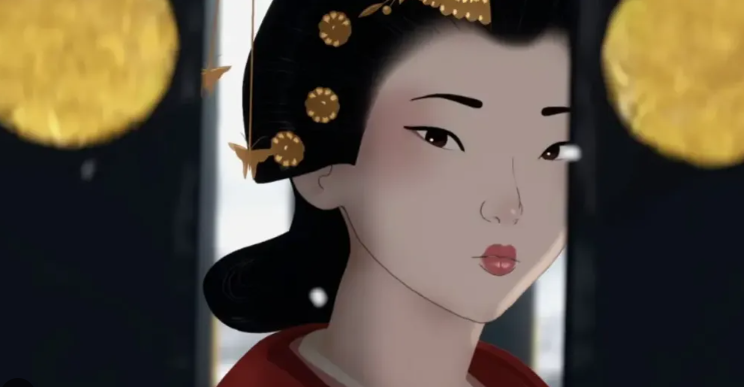
Abijah Fowler: The main foreign antagonist. Cruel, arrogant, and calculating, he embodies not only the external threat to Edo Japan but also the darker side of colonization. His confrontation with Mizu serves as the perfect climax to the first season, merging personal conflict with cultural collision.
Every character, ally or adversary, comes with motivations, contradictions, and dilemmas that make them feel fully realized. No one feels expendable. Each person Mizu encounters adds another layer to the narrative, ensuring nothing feels superficial.
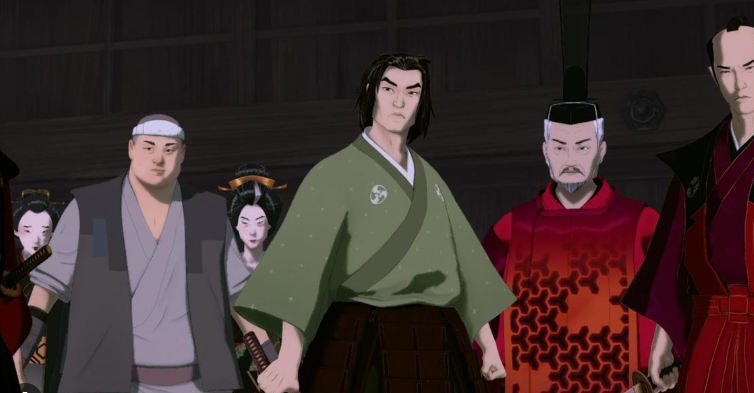
First Season
Here are a few strong reasons to watch the series, whether you haven’t started it yet or are still wondering if it’s worth diving into before season two premieres.
The series is a work of art in motion. The blend of modern techniques with Japanese visual poetry creates a unique style. Every frame carries atmosphere and meaning, making the viewing experience deeply immersive. The settings look less like animated backdrops and more like living paintings.
We also get reflections on identity. The fact that the protagonist is mixed-race, discriminated against, and rejected by society gives the story a modern resonance. Blue Eye Samurai addresses prejudice, exclusion, and the search for belonging in a narrative set centuries ago, yet it connects directly with issues that remain urgent today.
There is a balance between brutality and artistry. The fights are fierce and bloody, yet animated with lyricism. The violence is never gratuitous; it becomes part of Mizu’s life story, framed by silence, breathtaking landscapes, and tragic destinies. Even when blood flows, those moments are portrayed with refinement, never as gore meant to shock. It feels like animation elevated to fine art.
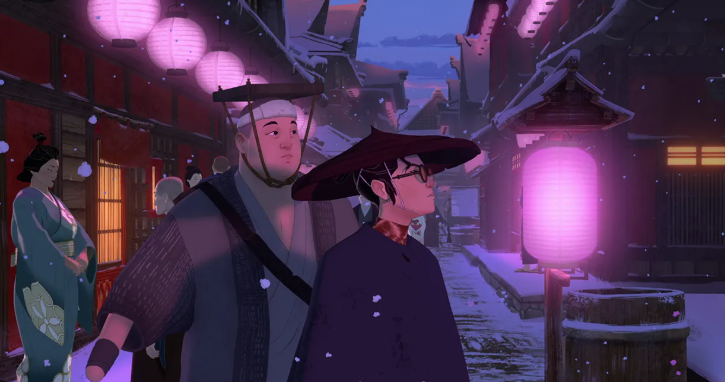
Second Season
After the overwhelming success of the first season, it was no surprise when Netflix confirmed the continuation of Mizu’s journey.
Season two will arrive in 2026 with six episodes. The announcement was accompanied by a teaser shown at the Annecy Festival in 2025, already setting a darker and more visceral tone for what lies ahead.
The teaser featured scenes of Mizu arriving in London, expanding the story beyond Japan and into a setting where Western power dominates.
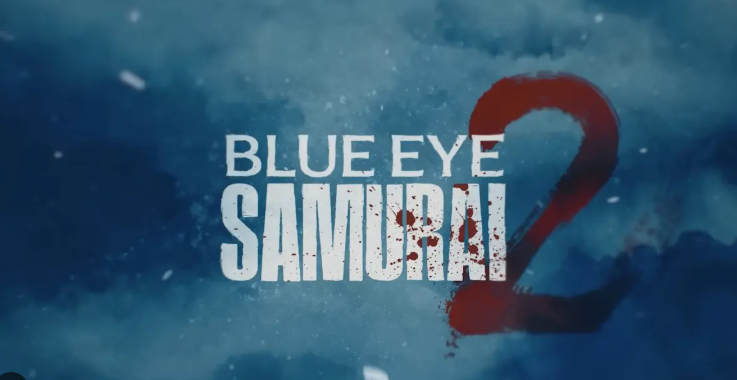
What to Expect from Blue Eye Samurai Season 2
Geographic expansion: while the first season explored the clash between Japanese tradition and foreign presence, the second is expected to plunge into the heart of the West, bringing Mizu into contact with a new culture and new adversaries.
More brutal battles: the creators have suggested the fights will carry even greater realism, with choreography inspired by live-action productions, pushing the show’s visual intensity even further.
Deeper emotional struggles: outside Japan, Mizu will not only be a foreigner but also an intruder in enemy territory, adding new layers of conflict and solitude.
The continuation of vengeance: the confrontation with Abijah Fowler was only the beginning. The other men tied to Mizu’s past remain at large, and the series is expected to explore these encounters in more depth.
If the first season was a collision of steel, blood, and poetry, the second promises an even deeper descent into Mizu’s soul and his transformations, with the story expanding beyond Japan.
Counting the Days
I’ll admit my expectations for the second season are high. The first one already amazed me with the way it blended brutality and beauty into such a gripping narrative. Now, with the promise of expanding the story to London, my anticipation has only grown stronger.
And you? Have you already immersed yourself in the artistic and blood-soaked journey of Blue Eye Samurai? Are you planning to catch up on season one, or are you already counting the days until season two premieres? Are you curious to see how Mizu will cut down new enemies in London and finally confront his infamous father? Share your thoughts in the comments!
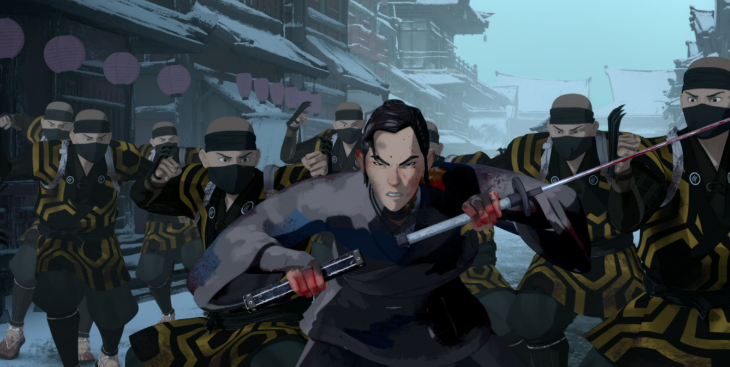








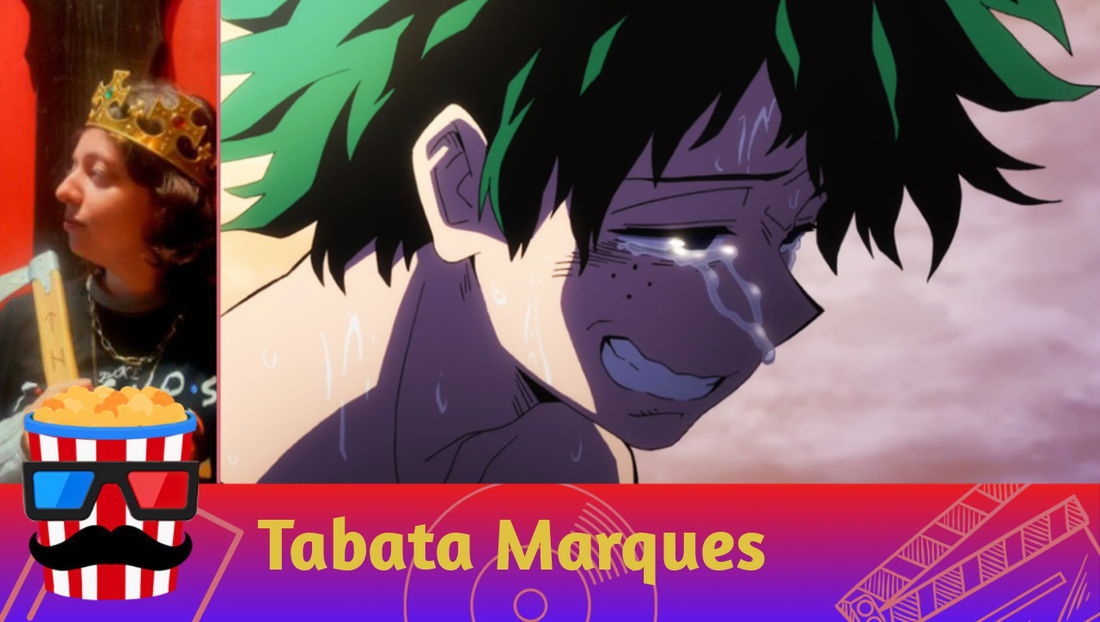

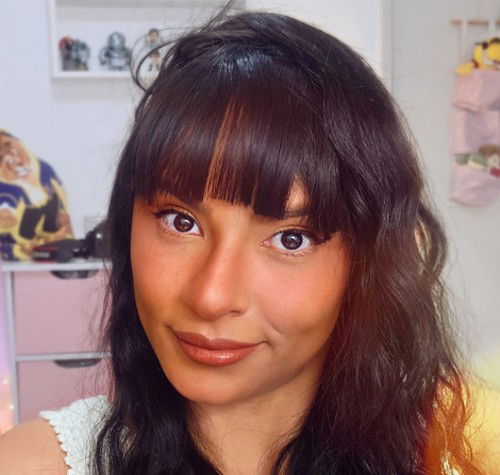

— Comments 0
, Reactions 1
Be the first to comment